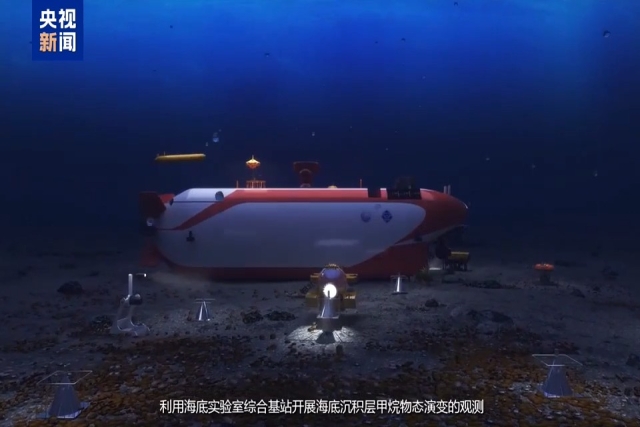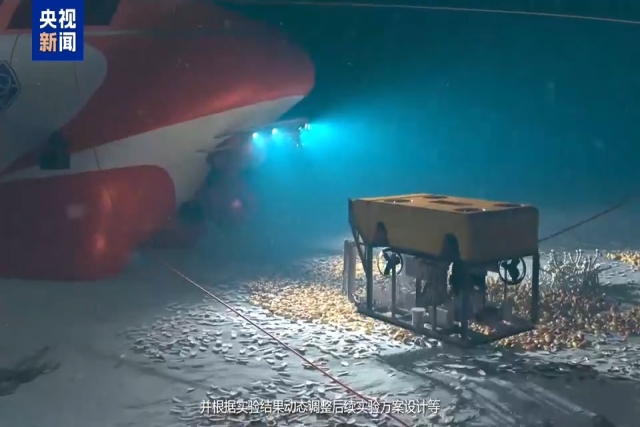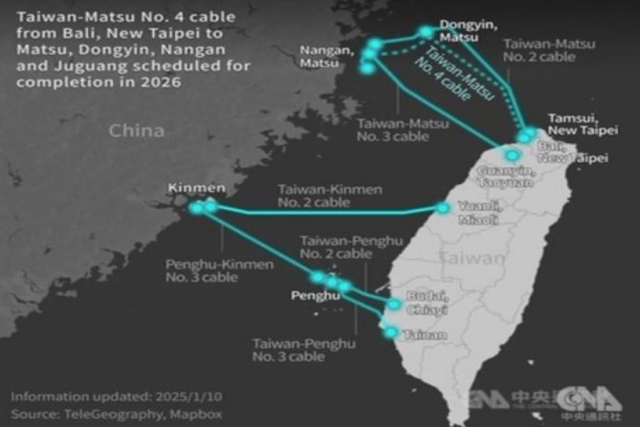China's Deep-Sea Manned Submarine Laboratory to Further Its "Ocean Power" Goals
Beijing has started work on the World's first deep-sea manned facility to study extreme environments and cold-spring eco-systems.

China has started building the world’s first deep-sea manned submarine laboratory to research extreme deep-sea environments, methane hydrate, and the origins of life.
On February 28, construction began on the Cold Spring Ecosystem Research Facility in Guangzhou. The project, led by the South China Sea Institute of Oceanology, Chinese Academy of Sciences, consists of an undersea laboratory, fidelity simulation facilities, and security support.
The report does not say where the deep-sea manned and anchored submarine will be located. If it happens in the South China Sea (SCS) as part of Beijing's "ocean power" strategy, then it could cause tensions with the U.S. and other powers that are keen on denying China claims over the whole of SCS.

When completed in five years, the facility will house the first 2,000-meter-class bottom-mounted deep-sea manned laboratory and the first large-scale research center dedicated to seabed cold spring systems. It aims to advance research on cold spring ecosystems, deep-sea life evolution, and the ecological impact of combustible ice—a key deep-sea resource.
The project supports China's "ocean power" strategy and "dual carbon" goals, according to the Chinese Academy of Sciences. The research facility will integrate a deep-sea manned resident submarine laboratory and land-based fidelity simulation units to study cold spring ecosystems, chemosynthetic biological succession, and methane evolution.

Cold springs occur when gases like methane, hydrogen sulfide, and carbon dioxide seep into the ocean due to geological activity. These ecosystems, often called “deep-sea oases,” provide a unique environment for marine organisms despite high pressure, darkness, and low oxygen levels.
Studying cold spring ecosystems helps scientists understand the Earth’s deep carbon cycle, life’s adaptation to extreme conditions, and new biological resources. The research is also considered crucial for the green development of deep-sea resources, including methane hydrate, also known as combustible ice.













